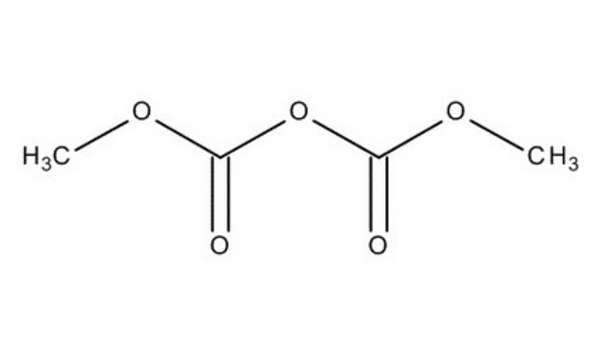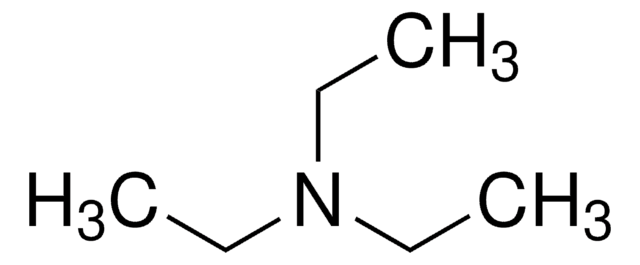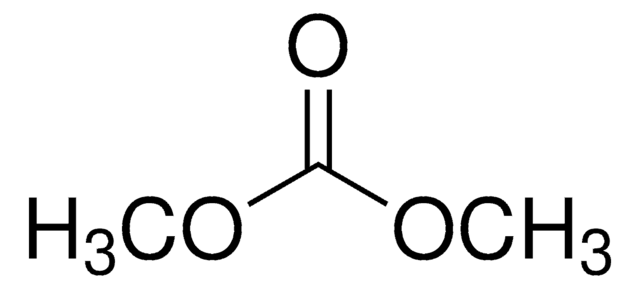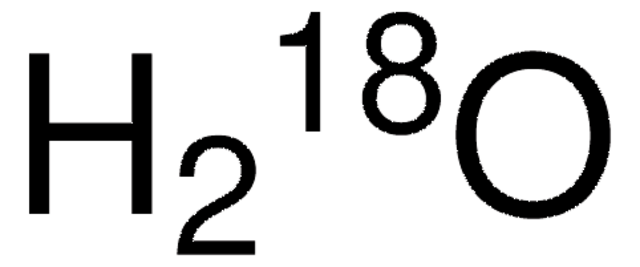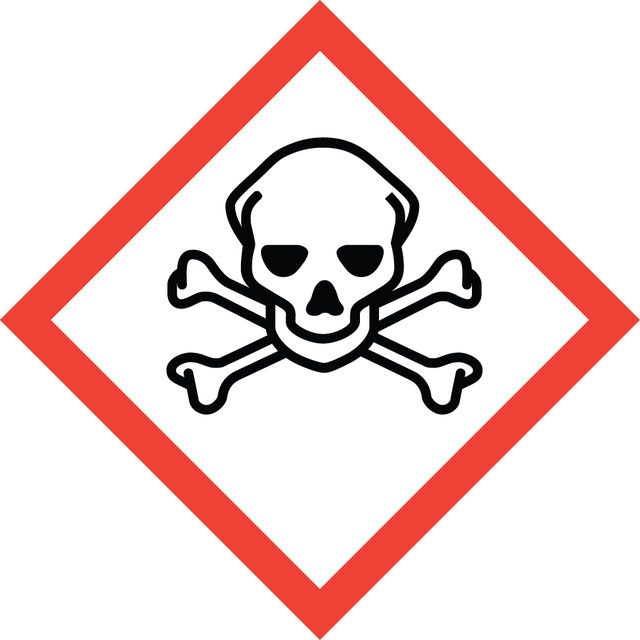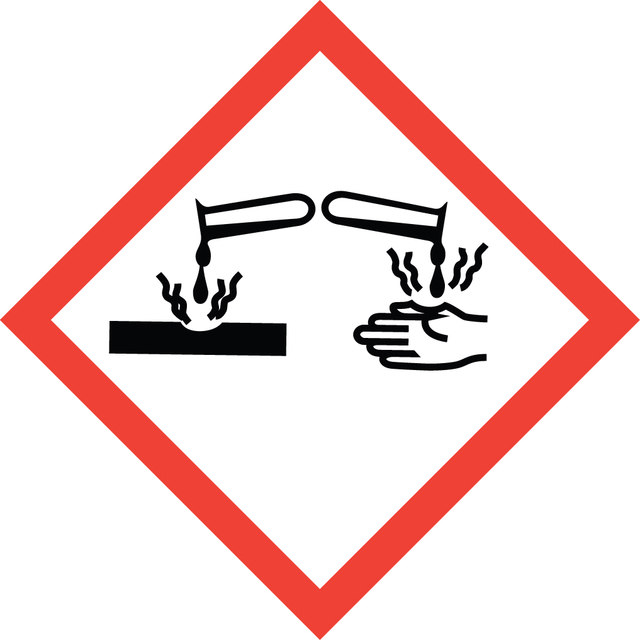D5520
Dimethyl dicarbonate
for histidine methylation
Synonym(s):
DMPC, Dimethyl pyrocarbonate, Pyrocarbonic acid dimethyl ester
About This Item
Recommended Products
biological source
synthetic
form
liquid
refractive index
n20/D 1.392 (lit.)
bp
45-46 °C/5 mmHg (lit.)
density
1.25 g/mL at 25 °C (lit.)
storage temp.
room temp
SMILES string
COC(=O)OC(=O)OC
InChI
1S/C4H6O5/c1-7-3(5)9-4(6)8-2/h1-2H3
InChI key
GZDFHIJNHHMENY-UHFFFAOYSA-N
Looking for similar products? Visit Product Comparison Guide
Application
related product
Signal Word
Danger
Hazard Statements
Precautionary Statements
Hazard Classifications
Acute Tox. 2 Inhalation - Acute Tox. 4 Oral - Eye Dam. 1 - Skin Corr. 1B
Storage Class Code
6.1A - Combustible acute toxic Cat. 1 and 2 / very toxic hazardous materials
WGK
WGK 3
Flash Point(F)
185.0 °F
Flash Point(C)
85 °C
Personal Protective Equipment
Regulatory Information
Choose from one of the most recent versions:
Already Own This Product?
Find documentation for the products that you have recently purchased in the Document Library.
Our team of scientists has experience in all areas of research including Life Science, Material Science, Chemical Synthesis, Chromatography, Analytical and many others.
Contact Technical Service